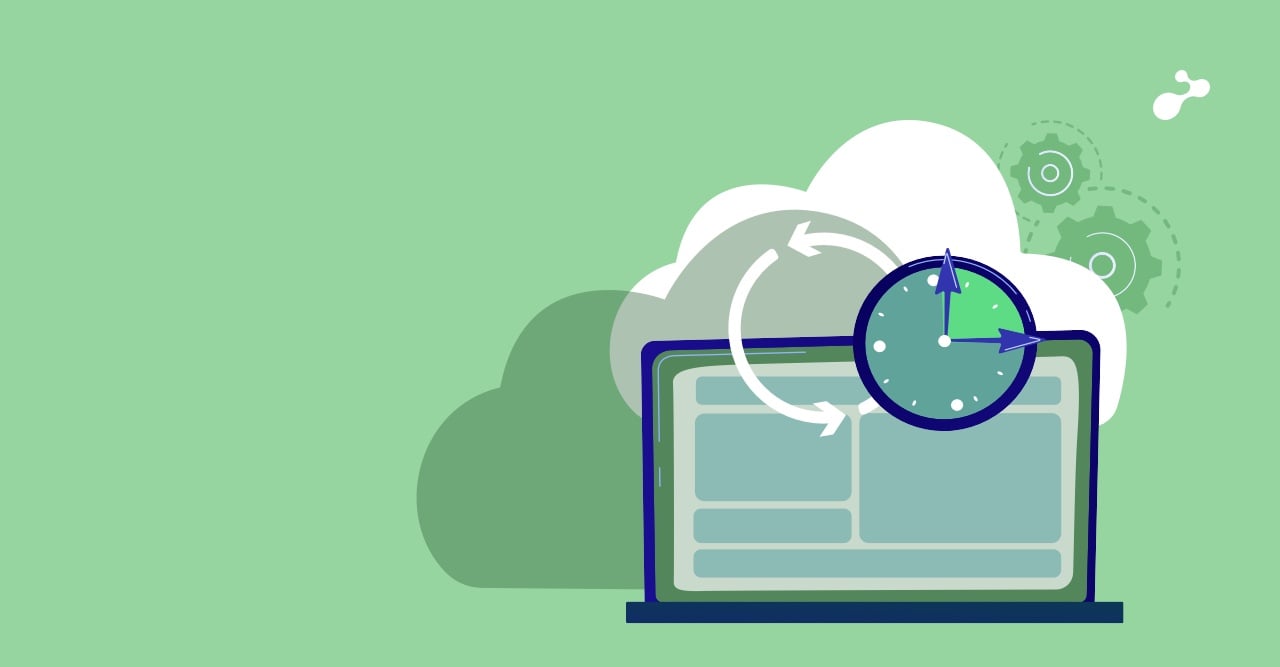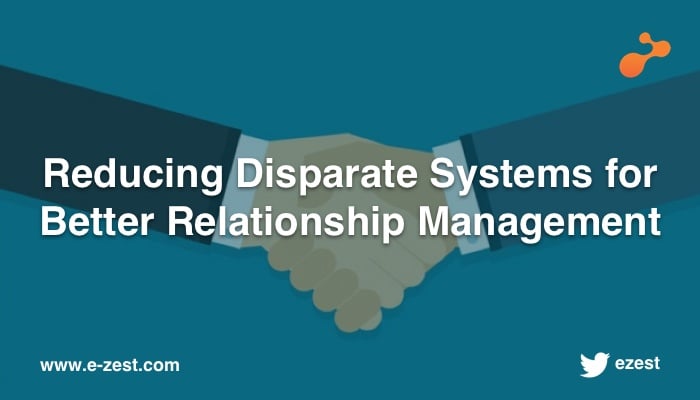“Brevity is the soul of wit”: Shakespeare
“If it is too big and not Disneyland, something has gone wrong somewhere”: Yours truly
What prevents you from downloading a great, free, well-rated app on your phone? It looks great, works great as the reviews say. You need it for that cute picture morphing feature that makes your pictures look like they just took the ice-bucket challenge. But… 600MB? Why should you download a ton of features, albeit free, for the need of just one? Some of us still do it. But imagine, going to the WalMart for a glue-stick and being told, you must purchase a giant log of glue? Or for buying a box of hazelnut chocolates, you must own your version of the chocolate factory… Now in the more ‘real’ world, buying more and using a lot, lot less doesn’t seem very prudent. Yet in the more ‘virtual’ world we do this all the time.
Enormous enterprise application often find adoption for a few of their modules that people access often, mostly out of compliance or regulatory need. We can daresay that even the top technocrats of firms know the exact ‘click here and go there’ procedure to book the conference rooms. Oh there was a scheduling feature too? And the scheduling feature linked to my CRM too? Who knew that? Yet the entire bundle of these individual apps are eating away server space and take their sweet time to load up, when everyone knows the little thing needed will almost always stay little.
The concept of widgets coming straight out of the IP and Innovation Center at e-Zest, envisions solving this problem. ‘Widgetisation’ is dividing up your entire bulky application into small chunks of little minion-esque apps. These apps run like independent apps on different devices and talk to their ‘mother’ only for syncing of data. These little ‘children’ of code are very tricky to architect but the gains in ease are enormous. If you are an e-commerce giant, then having a widget for only the teenage-targeted mobile market or doing your flash sales through a dedicated widget can make it easier for your app to be easily downloaded and used for that specific purpose. Taking this further, “time-bound” apps that are active during the flash sales period only can serve as dedicated channels and can be lucratively monetized too.
The challenges in architecting these come from multiple perspectives, including redundancy, security, and centrally syncing all activities. Widgets that promise offline usage add an additional layer of complexity for the syncing part. The problem spins interesting discussions in tech circles with stalwarts debating how to manage the code and content of these apps. But with all the tech in place, the idea raises eyebrows of appreciation amongst all and sundry. Even the most vehement challenger to this idea, meekly admits that it would be amazing to have a widget take care of his pesky time-sheet submission!
Widgets are already looking at implementation milestones in the IP and Innovation Center at e-Zest. It won’t be long before, a few MB of widgets would be hard at work, syncing up from or downloading bits to data to your favourite phone.
The meek shall inherit the Earth and in the world of technology, the minions of our old and trusty enterprise app, promise to save more than just the day.






